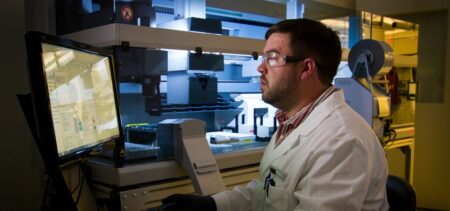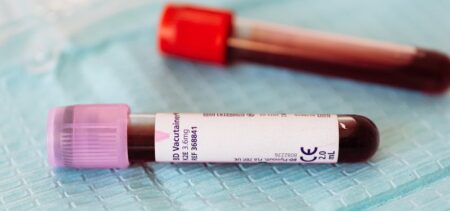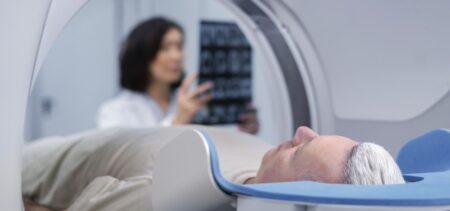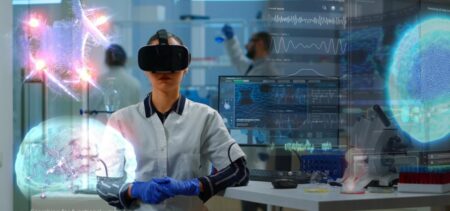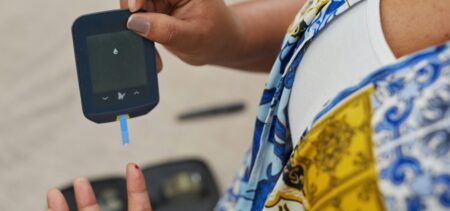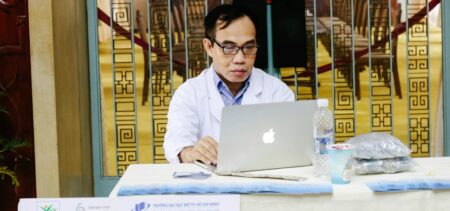Letting revolutionary technology into medical procedures is a gradual process. Due to the fact that the trial and error method is rarely an option in health care, all modern tech needs to be properly validated and tested. The road from concept to commercial availability is long and sometimes winding. Tiny robots should roam medical clinics one day. However we are not there yet.
That is precisely why each approved and working new medical technology is a focal point of interest in the field. And 2016 came to pass with a breakthrough of this type in ophthalmology.
Eye surgery with the help of tiny robots
Using the Robotic Retinal Dissection Device, (yes, abbreviated R2D2), doctors can perform delicate retinal interventions. Through a single hole, less than 1 millimeter in diameter, the robotic device goes in and out of the eye, following all the procedural steps required. Meanwhile, the eye may rotate – a variable the robotic device takes into consideration.
Just to clarify facts – it is not a smart technology, nor does it decide upon its actions. The device in question is “a robotically assistive device developed by PRECEYES Medical Robotics, a Dutch-based research group at the Technische Universiteit Eindhoven”. This means the surgeon is always the one in control of the procedure.
Therefore, speaking of tiny robots is a bit of a stretch. In fact, the Robotic Retinal Dissection Device is a surgical precision enhancer. The procedure is nevertheless a premiere, part of a pilot program aiming to determine the safety and speed of this assisted method.
The team behind the tiny robots premiere
The sponsoring organization is the University of Oxford. The NIHR Oxford Biomedical Research Center funded the trial, supported by the Oxford University Hospitals NHS Foundation Trust. As we mentioned above, the device developer is Preceyes BV, a medical robotics company from Netherlands. In turn, the University of Eindhoven established the aforementioned company. You can see how it took the joint forces of quite a few renowned institutions in order to materialize the device and start the practical tests.
So far, two procedures took place, one in September 2016, the other following in December the same year.
The surgeons at Oxford’s John Radcliffe Hospital performed a membrane peel as a landmark clinical trial on a 70 years old patient. As Robert MacLaren, who conducted the procedure, declared, this successful innovation not only improves on current operations, but opens the road for new operations currently impeded by the inherent limitations of the human hand – based activities.
The second testing phase – tiny robots can also deliver drugs
The title is quite a spoiler, but yes, that is what the second test consisted of. The PRECEYES Surgical System assisted Professor MacLaren in treating a subretinal haemorrhage with a TPA (tissue plasminogen activator) injection. For those interested in details concerning such procedures, here is a comprehensive entry from the Review of Ophthalmology.
The procedure was successful and gives hope to the team in what regards previously inaccessible gene therapy and stem cell treatments.
The PRECEYES representative confirmed the precision and stability of their platform, in view of this new successful trial.
Although these victories may seem like tiny steps to non-specialists, in fact they are extremely important landmarks. Remember the way we underlined the slow rhythm at which next-gen technologies penetrate the medical market, and the reason for it. Each victory counts even more against such a background.
The media take on R2D2’s trial
Out of the two procedures, the first one caught the attention of tech media, due to its increased impressiveness. Tiny robots, revolutionary surgery, slicing open human eyes – here’s a few of the ways online media mirrored this medical event.
Tech Radar provided a spicy take on the entire procedure. They also mentioned how R2D2 has a robotic rival, the Axsis eye operative, coming from Cambridge Consultants.
In its own way, the science world is thrilling, even when it has little to show to the larger public. On this line, are you curious about how does such a device look like? The surgeon employs a joystick and a camera feed to mediate his usual moves through the robotic arm. The robot improves and finesses the movements, and keeps the everything “securely in place” as Mac Laren himself stated. The general appearance of the device is not impressive, nor it should be. You can study the featured image for more details.
These applications of robotics are not flashy, nor do they benefit from the nice visual design. Yet their importance is huge. Keeping up with the latest breakthroughs can increase our optimism in what the future of media tech is concerned.




